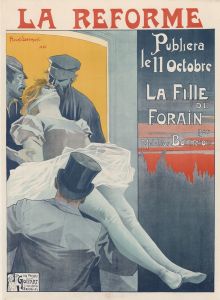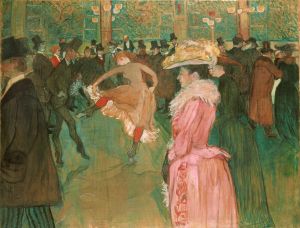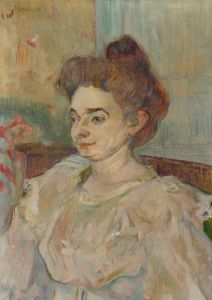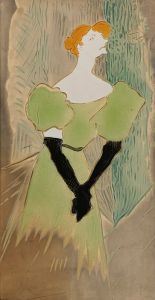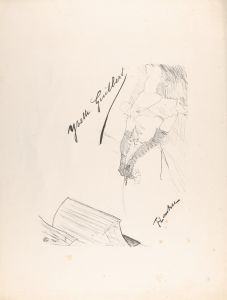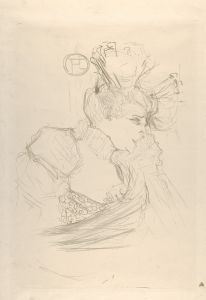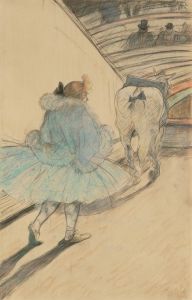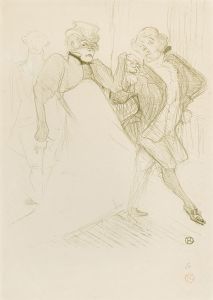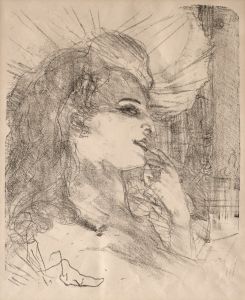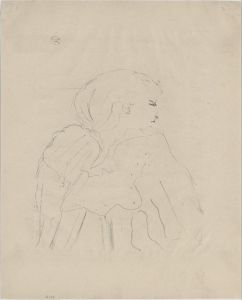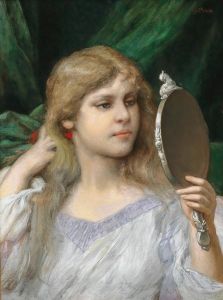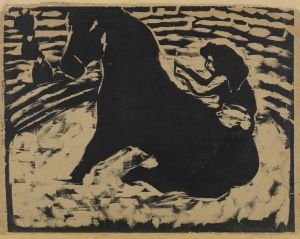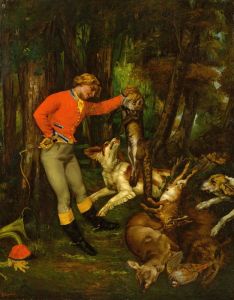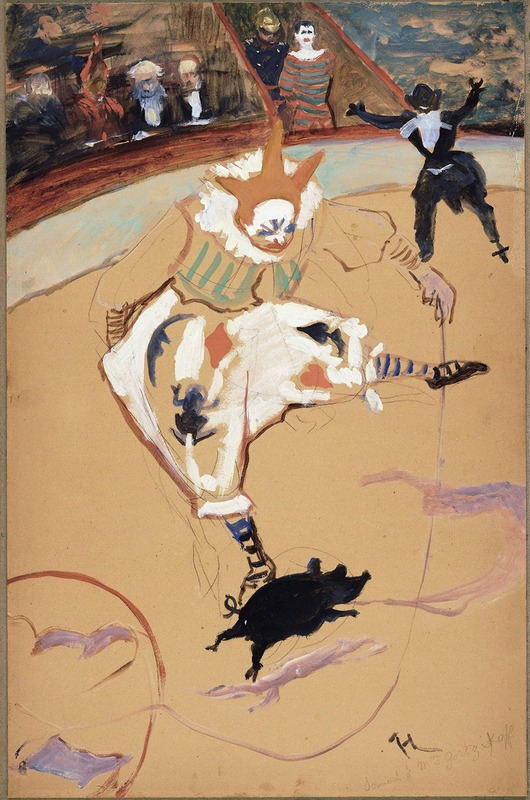
At the Circus Fernando, Medrano with a Piglet
A hand-painted replica of Henri de Toulouse-Lautrec’s masterpiece At the Circus Fernando, Medrano with a Piglet, meticulously crafted by professional artists to capture the true essence of the original. Each piece is created with museum-quality canvas and rare mineral pigments, carefully painted by experienced artists with delicate brushstrokes and rich, layered colors to perfectly recreate the texture of the original artwork. Unlike machine-printed reproductions, this hand-painted version brings the painting to life, infused with the artist’s emotions and skill in every stroke. Whether for personal collection or home decoration, it instantly elevates the artistic atmosphere of any space.
Henri de Toulouse-Lautrec, a prominent French painter, printmaker, and illustrator, is renowned for his depictions of Parisian nightlife in the late 19th century. Among his diverse body of work, "At the Circus Fernando, Medrano with a Piglet" stands out as a fascinating piece that captures the vibrant and dynamic atmosphere of the circus, a popular form of entertainment during his time.
The painting is part of a series of works that Toulouse-Lautrec created, focusing on the Circus Fernando, a well-known venue in Paris. The circus was a source of inspiration for many artists of the period, offering a rich tapestry of performers, animals, and spectators. Toulouse-Lautrec was particularly drawn to the circus because it provided a lively and colorful subject matter that aligned with his interest in capturing the essence of contemporary urban life.
In "At the Circus Fernando, Medrano with a Piglet," Toulouse-Lautrec portrays the performer Medrano, who was a celebrated clown and a prominent figure at the Circus Fernando. The inclusion of a piglet in the composition adds a whimsical and humorous element to the scene, reflecting the playful nature of circus performances. Toulouse-Lautrec's depiction of Medrano is characterized by his distinctive style, which combines bold outlines with expressive brushwork and a keen attention to detail.
The painting exemplifies Toulouse-Lautrec's ability to convey movement and emotion through his art. His use of color and composition captures the energy and excitement of the circus, drawing the viewer into the spectacle. The artist's unique perspective and innovative approach to capturing the human form are evident in the way he renders Medrano and the piglet, emphasizing their personalities and the dynamic interaction between them.
Toulouse-Lautrec's work is often associated with the Post-Impressionist movement, and his paintings of the circus reflect the broader artistic trends of the time. He was influenced by Japanese prints, which is evident in his use of flat areas of color and strong outlines. This influence, combined with his own distinctive style, allowed him to create compositions that were both modern and deeply personal.
The painting also reflects Toulouse-Lautrec's interest in the lives of performers and the world behind the scenes. He was known for his ability to capture the humanity of his subjects, often portraying them with empathy and insight. In "At the Circus Fernando, Medrano with a Piglet," this sensitivity is apparent in the way he depicts Medrano, not just as a performer, but as an individual with a unique presence and character.
Toulouse-Lautrec's fascination with the circus and its performers was part of a broader interest in the entertainment industry, which he explored throughout his career. His works provide a window into the cultural life of Paris during the Belle Époque, a period marked by artistic innovation and social change. Through his paintings, Toulouse-Lautrec offered a glimpse into the vibrant and often unconventional world of the circus, capturing its allure and complexity with remarkable skill and insight.
"At the Circus Fernando, Medrano with a Piglet" remains an important work in Toulouse-Lautrec's oeuvre, showcasing his talent for capturing the spirit of his time and the unique characters that populated it. The painting continues to be celebrated for its artistic merit and its contribution to the understanding of the cultural landscape of 19th-century Paris.





